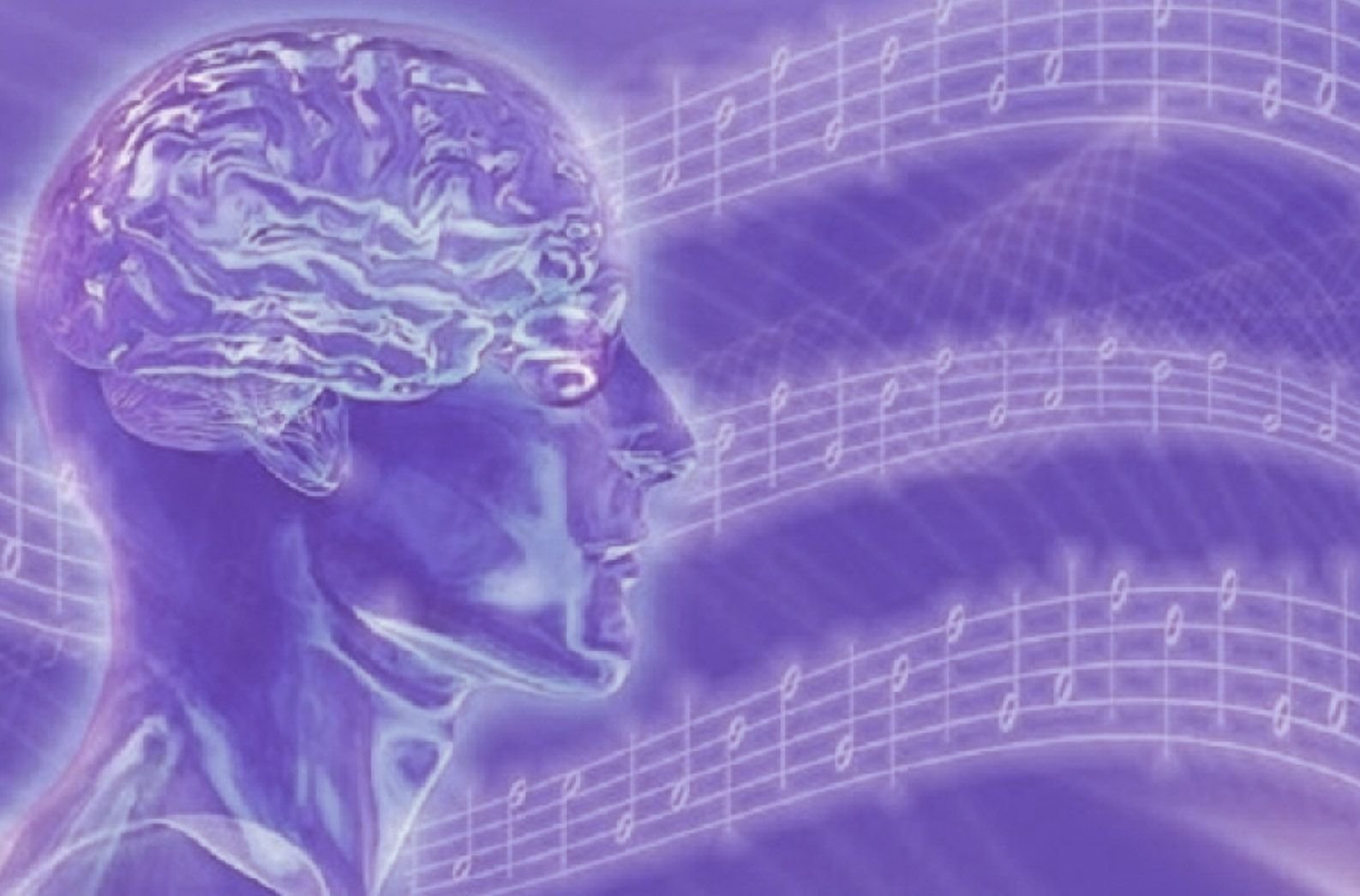Hearing vs Listening
On the surface hearing and listening can seem at first to be the exact same thing, but one can hear a conversation taking place, or a song being played over an in-house audio system and not necessarily be listening to either one.

Where playing music is concerned it is extremely important to not just hear what is being played but to listen intently, and this applies whether one is going it alone, playing in a duet, or playing in a larger group setting.
For example, in music each chord progression or arpeggiated phrase/riff is played a certain number of times and then it either goes in a new direction, or it may return back to the original pattern that took place at the beginning of the song/piece of music, which is up to the discretion of whoever wrote the song/music.
Be sure that as you are working towards improving your technical skill that you don’t neglect working to gain proficiency at listening to what you or someone else is playing, which incorporates aspects of basic counting and ear training. If one has never received instruction with regards to basic counting and ear training, it is never too late to add these abilities to your skill set.
So, how do I go about doing this? You might ask. During your lessons, a teacher can play one note or chord at a time slowly enough for you to be able to catch on to the particular pattern being played and gradually move forward into chord progressions and phrases/riffs. During personal practice time, you can record yourself playing one note or chord at a time. With today's tech toys you could easily find one of the many apps on your smartphone useful for this exercise, and as you gain proficiency you can either add more notes or chords or start trying to play some patterns that either you or your teacher has come up with. Listen carefully. Are you imitating what you are hearing perfectly?
And what about counting? Counting and timing go hand in hand. All music has a time signature and if you are playing in a band or orchestra you best get this right. I offer ways to practice this in the video below, but why is this so important? Well simply because it trains the brain.
Brain Function And Musical Timing
There are several methods that I recommend to students that will help them to develop a solid foundation where musical timing is concerned. It might come as a little bit of a surprise to learn that three functions are potentially at play here or at least they should be.
- Seeing the movement that is taking place,
- Hearing the tick of the metronome, your foot tapping or notes and chords being played,
- Sensing/feeling the timing.
The ultimate goal of being able to sense/feel the timing is something that doesn’t happen right away but with a lot of practice, it eventually will. Here is my recommendation of exercises that you should do along with the metronome which will help in the development of good timing:
- Tap your right and left foot,
- Pat your right and left thigh,
- Clap your hands.
- Vocalize the count,
- Snap your fingers on both hands, but only if you can do so in time with the metronome.
So, why do I recommend that you do these exercises on the right and left side? Here is some scientific data that will hopefully help to make my point, because whether we realize it or not as guitar players we are using both the right and left hemispheres of our brains:

Left-Brain Functions:
Analytic thoughtLogic
Language
Reasoning
Science and Math
Writing Practice
Numbers Skills
Right-hand Control
Right-Brain Functions:
Art AwarenessCreativity
Imagination
Intuition
Insight
Holistic Thought
Music Awareness
3-D Forms
Left-hand Control
So as you can see the right side of the brain is responsible for control of the left side of the body, and is the more artistic and creative side of the brain, whereas the left side of the brain is responsible for control of the right side of the body, and is the more academic and logical side of the brain.
In conclusion, it is important as a musician to train both. There needs to be an equality of movement that happens as naturally as you breathe. This developed instinct only comes with practice and time.
So, keep LISTENING and make the necessary adjustments. Practice makes perfect!
Here is a video lesson to help you on your way ... "Time Keeping Made Fun "
Remember to "pay it forward"! Please share your thoughts in the comments section and/ or UPVOTE it, here on Steemit if you found this useful.
You can also find me at:

